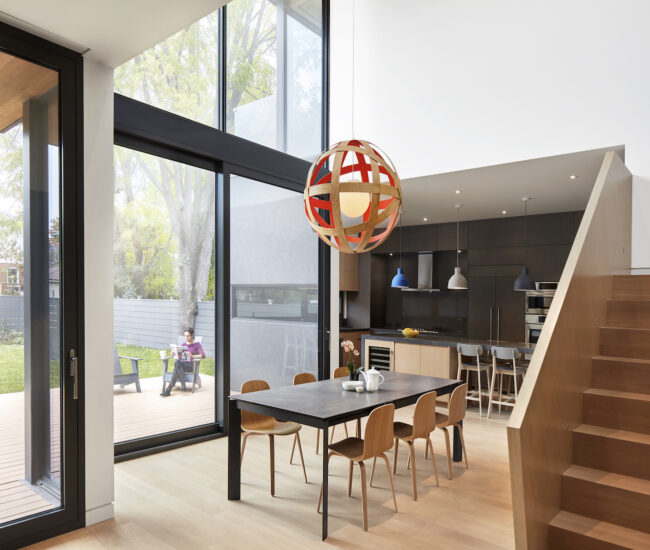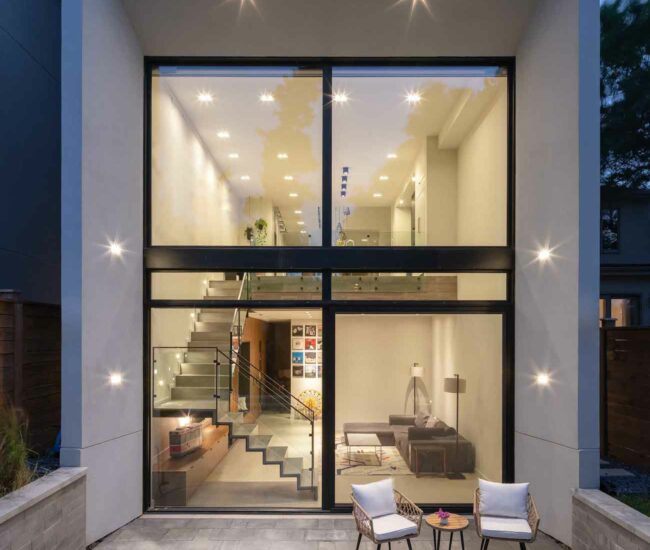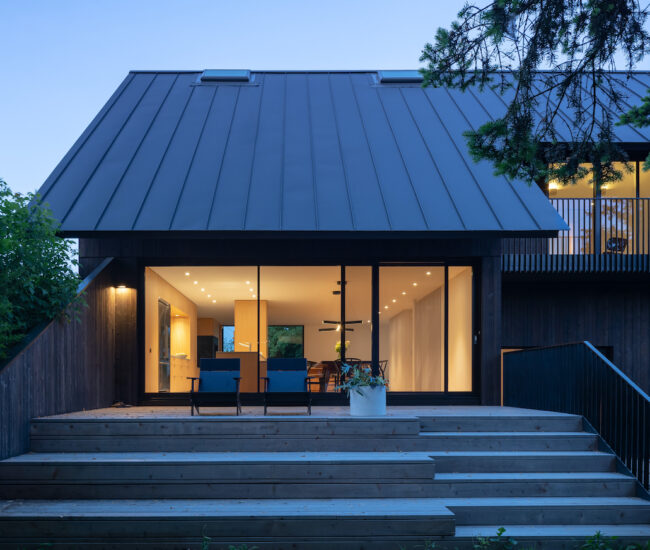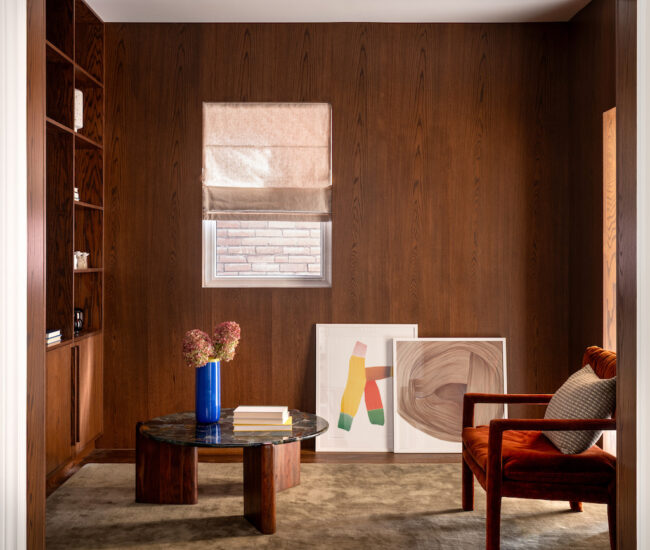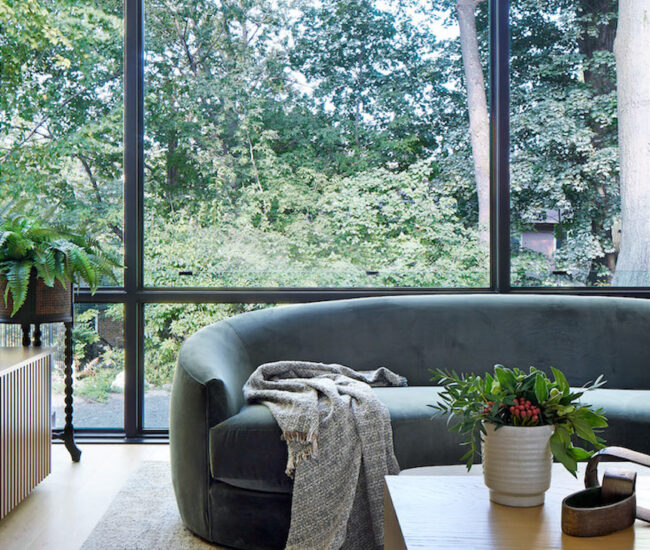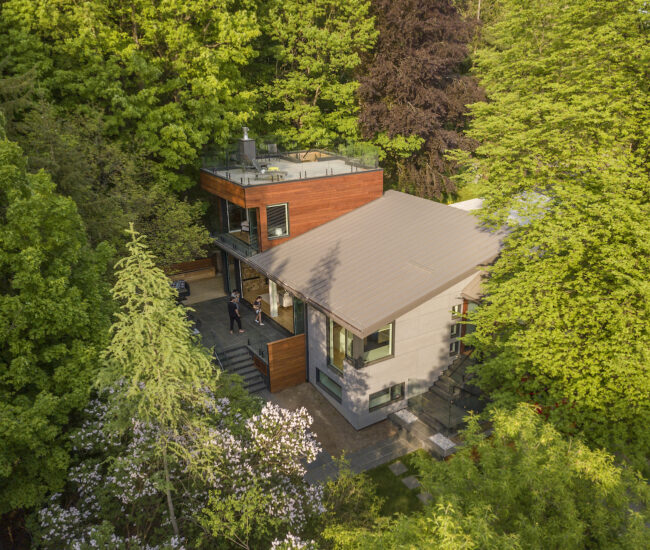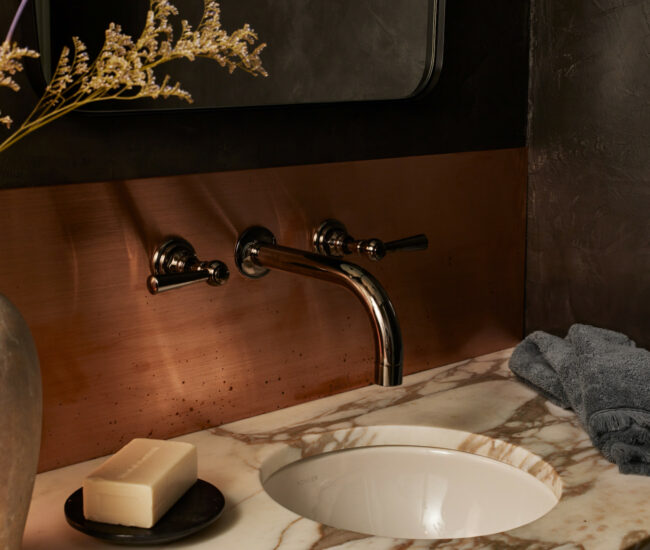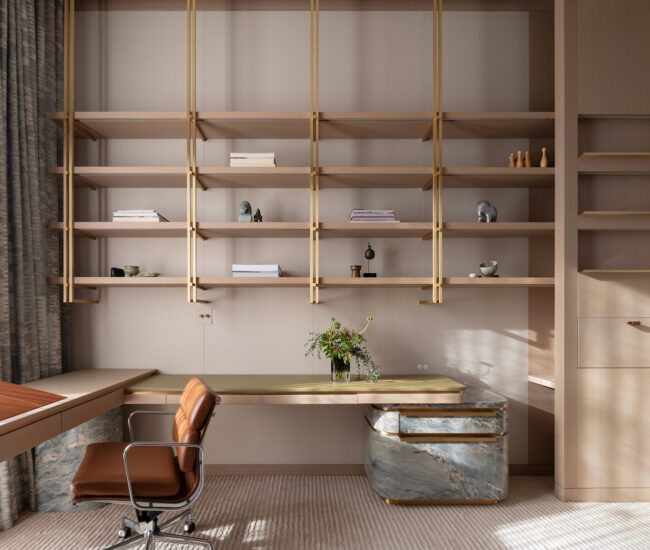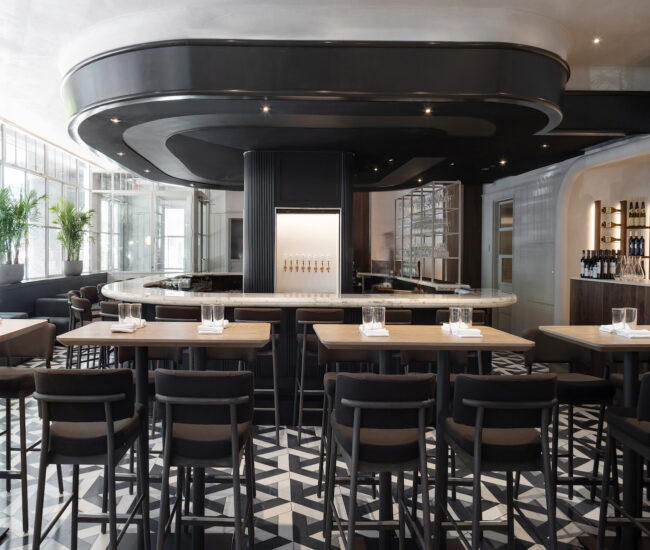These Tiny Homes Don’t Sacrifice Style for Sustainability

Helmed by Jackson Wyatt, CABN is set to change the face of small-scale living with its affordable and eco-conscious prefabs.
Toronto entrepreneur Jackson Wyatt is somewhat of a poster child for sustainable, design-minded start-ups. An avid environmentalist, he’s dedicated most of his career to developing tangible solutions for climate change. Wyatt cut his teeth at Greenlid, catapulting the company from its roots in compost bins to build out a full suite of products that minimizes plastic waste. Along the way, he realized that educating people about sustainability was just as important as creating eco-conscious products, kickstarting workshops to teach Canadian students about composting and environmental health. A true jack-of-all-trades, his expertise comes together in his newest venture, CABN: a solution for energy-efficient, affordable, off-grid housing that can be assembled just about anywhere. Read on to learn more about this inspiring new start-up (and how to get your hands on one of these prefab tiny homes).

Why did you start CABN?
When the COVID-19 pandemic began, there was a massive societal shift in how people wanted to work, play, and live, particularly with so many working remotely. People wanted a beautiful setting while they worked and lived at home, and I felt the same way.
My vision was to create a home that worked in tandem with nature. With a background in creating sustainable products, and being mindful of the threat of climate change, I developed early concepts for CABN. I was cautious that Canadians might hesitate to invest in sustainable housing due to misconceptions about the cost, quality of life, and location to keep people in traditional homes. From day one, it was essential to design better systems that make sustainable housing not only easier but more affordable.
I hope that the technology and mechanisms used in CABN can improve the universal quality of life while minimizing the impact on the planet. We are designing systems that can help millions of people make consistent positive environmental decisions rather than focusing on one person making a complete change.
What skills or lessons did you learn at Greenlid that were useful in this venture?
My experience in manufacturing, shipping, and sustainability came into play when I established CABN. Together with a team of industry experts, we developed a technology to offer affordable and energy-efficient off-grid prefab housing that can be assembled anywhere, even in difficult-to-construct locations.

What options are currently available?
Currently, CABN has two prefab models available for pre-order. The Morii is a 540-square-foot, one-bedroom unit, while the Sonder is a 752-square-foot, two-bedroom unit. Both models have one bathroom. Spread out over two storeys, the CABN features wood floors and partitions throughout, opening up to expansive decks and bringing the outside in.
How does CABN achieve sustainability feats without sacrificing comfort?
CABN is truly a full-service company. From the outset, our team helps with location analysis to assess the environmental conditions on site to protect its natural features, while optimizing temperatures, humidity and indoor air quality through seasonal changes, all while reducing maintenance costs. We also use Energy Informed Modelling to determine the best possible placement on the site for solar positioning and recommend non-invasive waste and water strategies, such as rainwater harvesting and grey-water recycling.
CABN also uses an innovative manufacturing process to create net-zero, cost-efficient, component modular housing with a fully integrated heating, cooling and solar energy system. Built on a steel-frame foundation, CABN features sustainable cladding options and R-40 insulation, finished with high-performance windows and doors. For comfort, CABNs utilize a radiant floor-heating system. Smart-home technology allows owners to monitor and maintain temperatures throughout the CABN. The HVAC and mechanical systems are optimized for comfort and efficiency, integrating leading technology through heat pumps, heat recovery ventilators, linear diffusers, wall hydrants with vacuum breakers, and split-duct systems. The solar-powered roof feeds the CABN battery bank, offering energy no matter where the home is located.

The homes are every bit as beautiful as they are functional. Who did you consult when designing the units?
Both prefab models were designed in collaboration with sustainability and design experts, as well as solar energy and renewable system specialists. We have also partnered with leading architecture firm B+H Architects to collaborate on certain aspects of the development, such as incorporating biomimicry into the design.
Who is CABN’s target customer?
CABN’s functional designs are versatile enough to cater to diverse demographics, from millennial professionals to retirees, empty nesters, cottage buyers and AirBNB investors, sustainability enthusiasts and even municipalities looking to serve communities without access to stable housing.

CABN is positioned as both sustainable and affordable. What is the price point?
When compared with the rising costs of Toronto real estate, a CABN may be equal to or less than the down payment on a traditional house. Prices vary based on the size of the model and whether they are on- or off-grid. A smaller on-grid model starts at $299,000, while larger off-grid versions are available for $500,000 or more, with interior upgrades also available for an additional cost.
A household making the average annual income for the region can afford a CABN and have monthly payments at or less than 30% of net income, making them a uniquely cost-effective solution. After construction, CABN continues to be affordable with its energy-efficient design, which reduces operation and maintenance costs over the lifespan of the home.
How do you manage to keep costs so low?
Through sustainable materials and construction, CABN costs are kept low through a few different mechanisms. The design and materials were selected to drive costs down, allowing investment into renewable energy systems, no matter if it is a base or upgraded model. Prefabrication of materials in a manufacturing facility allows for economies of scale and better lead times and pricing for procurement. In terms of logistics, components of the CABNs are standardized to fit in regulation 20- or 40-foot shipping containers, which eliminates requirements for special shipping logistics.
The building envelope for CABN is constructed in 2-3 days, with the final home constructed in 3-5 weeks, cutting down on the length of time required for trades. The prefab nature of CABN means that the assembly can be completed with a smaller assembly team of a general contractor and two general labourers. CABN.CO

